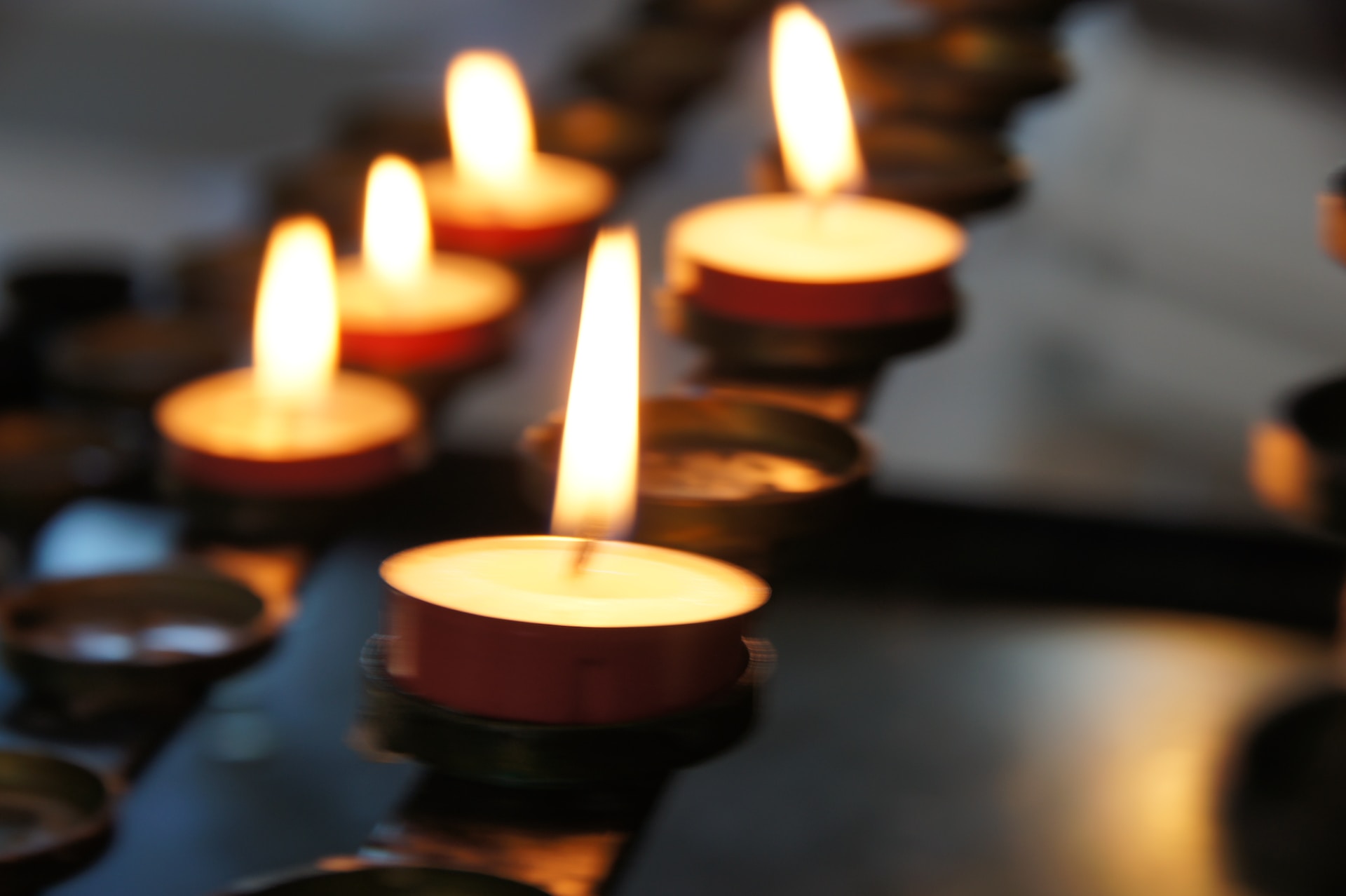There are many myths and legends about Koi Fish. Some believe that if you catch one, you’ll be granted a wish! There is also the story of how they were created by a monk who found two carp in his garden-one black, one white. He put them into a pond together and watched as they mated. The legend says he was so pleased with their union that he declared it good luck for marriage to happen under the water’s surface.
In some places, people say that koi fish bring prosperity to those who live near ponds with them because the fish will eat all of the other creatures which would otherwise spoil the water or make it too dirty for humans to drink from (though this doesn’t seem very likely).
Basics about Koi fish
Koi fish originate from China. The Chinese word for ‘Koi’ means carp, which is the name for both the fish and its coloration.
The Japanese word for koi is Nishikigoi which refers to a specific breed of carp that exhibits a variety of colorful patterns on their scales and skin. Nishikigoi or koi are the national fish of Japan.
You can tell the age of a koi by its scales. It’s interesting to mention that koi can live a long time and the number of scales is proportional to the fish’s age. Therefore, the size and shape of the scales vary depending on how old they are.
In traditional Japanese culture, it is believed that if you keep koi in your home or garden it will bring good luck and fortune to you and those around you. A lot of people also believe that having a large koi pond in their garden will bring them wealth.
Koi Fish Have Always Been A Symbol Of Luck And Prosperity In Japan
The Japanese have always admired the Koi fish and for centuries they are considered to be a symbol of luck and prosperity. The Koi is thought to represent life, spirit, perseverance, and courage. There are many reasons that koi are so admired. These include their strength, their colors, and patterns, and the way they live in harmony with other creatures. They live in ponds or rice paddies and feed on the aquatic plants that grow there.
Practical Uses Of Koi
Koikishi Tsukurou literally translates as ‘Essence from carp’ which refers to treatments that use kois to produce an essence taken from their tissues for medicinal purposes. Some popular uses include: treating psoriasis, eczema, and acne due to its antibacterial properties. It is also believed to be able to improve your immune system if you drink it regularly or put it directly on your skin.
Koi Breeding
Koi are a type of carp that have been selectively mutated by humans through centuries of selective breeding to produce shades of colors not seen in their wild forms or in other species of fish. The earliest known examples of this process were from China about 2,000 years ago during the Han dynasty as Koi varieties can be differentiated by coloration and patterning along with scale size and body shape. They do however belong to one species: Cyprinus carpio. As recognition programs developed, new breeds were founded and as koi breeding became more popular, many new breeds came into existence. The word ‘koi’ applies to all of these breeds collectively.
The first Koi in the United States were exhibited at the New York Aquarium in 1879. For a long time, it was thought that koi actually originated from America but this was disputed by research conducted by Masami Kaneko in 1963. Through genetic testing (using samples from hundreds of different fish) he found the closest match to be the extinct wild carp known as Probarbus jullieni from central China’s largest lake, Lake Tongking.
Only Red Or Gold Koi Are Not Varieties Of The Same Fish
You may think that only red or gold koi make up this category but actually, there are many other colors under these two varieties including white, black with yellow markings, and silver or gray-colored patterns. The wide variety of colors and patterns is what has made this fish such a sought-after type among hobbyists.
Bred Depending On The Koi’s Color
The Japanese have developed six major color varieties, which are each named after their patterning or non-patterning characteristics: Kohaku (Red with white), Sanke (Black), Utsuri (Iridescent or metallic scaled), Taisho Beni (Pale bluish red), Yamabuki Ogon (Golden yellow) and Showa Ogon (Blonde). The name of the variety comes from its coloring. For example, “Showashka” is a variation of the Showa Ogon koi.
When you wish to purchase a koi fish you should pay close attention to its dorsal fin and decide whether it is high or low. If the fish has a high dorsal fin then you may have some difficulty when maintaining it as an aquarium specimen.
Koi live harmoniously with other creatures – a quality that many people admire them for as well. You can use these qualities to your advantage when you’re thinking about what type of koi to buy or how to design an attractive pond at home if you want it to attract the most attention from visitors like family members or friends who come over during holidays. If you don’t know where to start looking for this type of information, just search online and you will find your way easily since they’re pretty popular.






Leave A Comment